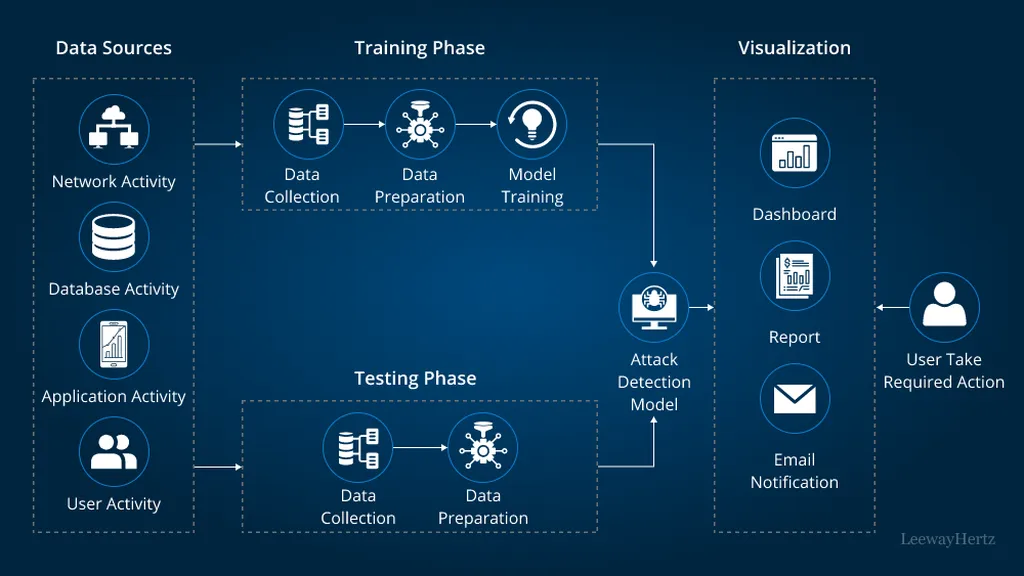Researchers from the University of Oxford, including Ilya Orson Sandoval, Isaac Symes Thompson, Vasilios Mavroudis, and Chris Hicks, have developed an innovative approach to cyber defence that leverages the power of reinforcement learning and graph neural networks. Their work aims to address the growing sophistication of cyber threats by creating intelligent and adaptive defence systems that can better navigate the complex, interconnected structures of modern computer networks.
The team has created a custom version of the Cyber Operations Research Gym (CybORG) environment, which encodes the state of a network as a directed graph. This graph includes realistic, low-level features that are crucial for understanding and responding to cyber threats. By using a Graph Attention Network (GAT) architecture, the researchers can process node, edge, and global features of the network, allowing the system to make more informed and adaptive decisions. The GAT-based approach offers several advantages over traditional methods that flatten network data. For instance, it enables policies that are resilient to unexpected dynamic changes in network topology and can generalize well to networks of varying sizes within the same structural distribution. Moreover, the defensive actions taken by the system are interpretable and grounded in tangible network properties, making it easier for human operators to understand and trust the system’s decisions.
One of the key demonstrations of this research is the ability to train GAT defensive policies using low-level directed graph observations, even when unexpected connections arise during simulation. This adaptability is crucial in real-world scenarios where network configurations can change dynamically. Evaluations across networks of different sizes but with consistent subnetwork structures show that the policies achieve comparable performance to those trained specifically for each network configuration. This indicates that the GAT-based approach can provide a robust and flexible defence mechanism that can be applied across a variety of network environments.
The practical applications of this research for the defence and security sector are significant. By developing cyber defence systems that can adapt to the inherent graph structure of computer networks, the researchers are paving the way for more resilient and intelligent defence mechanisms. These systems can better anticipate and respond to sophisticated cyber threats, providing a crucial advantage in an increasingly digital and interconnected world. The interpretability of the defensive actions also enhances the collaboration between human operators and AI systems, ensuring that the defence strategies are not only effective but also transparent and understandable. This research contributes to the ongoing efforts to create robust cyber defence systems that can effectively address the complex and evolving challenges of network security.Read more at arXiv.

